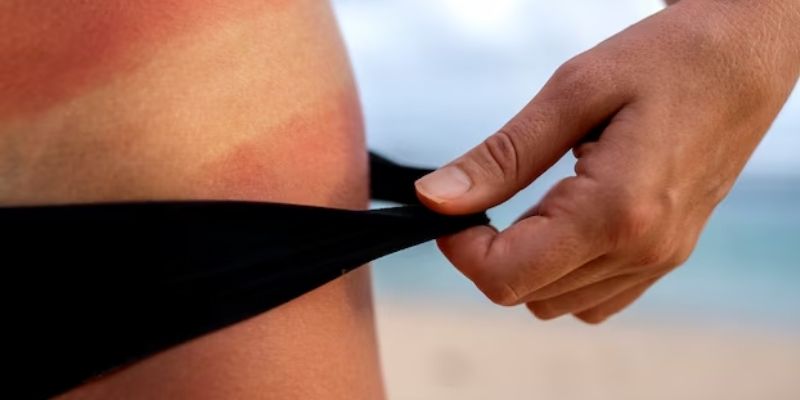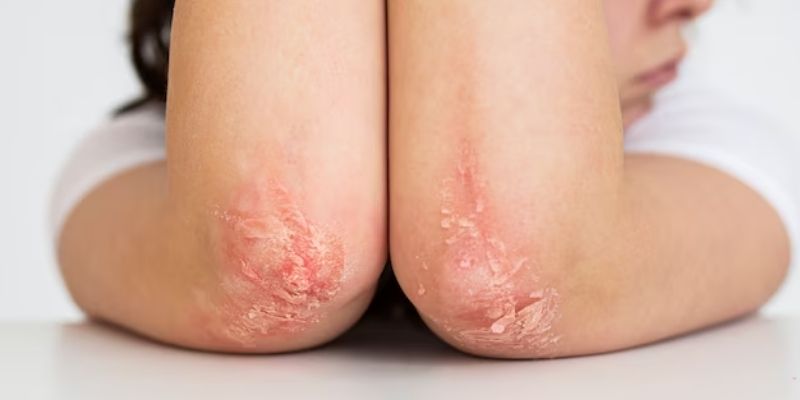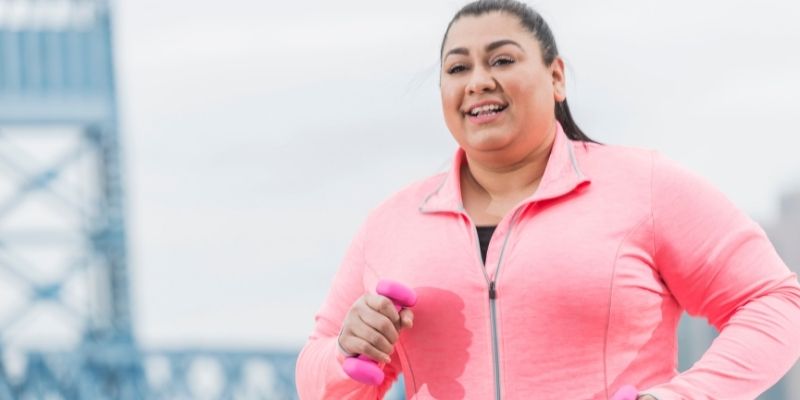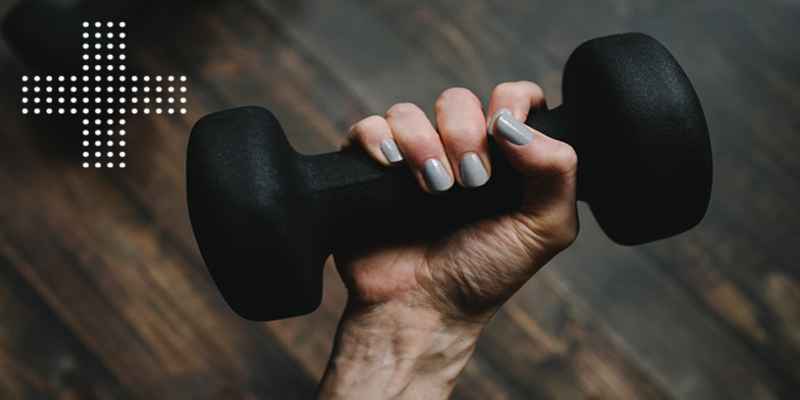Why Does Chafing Occur During Exercise, and How Can You Prevent It?
If you are suffering from chafing, even a leisurely run might become painful. Chafing is a common problem that occurs when the skin comes into contact with another surface during exercise, leading to inflammation, redness, and even severe blisters. To keep comfortable and focused, runners and other frequent exercisers must know how to avoid chafing.
In this article, we'll discuss the causes of chafing, where it's most likely, and practical ways to keep it from derailing your run.
How Does Chafing Occur?

Listed below are a few reasons why chafing occurs:
Friction Between Skin Layers
The inner thighs, underarms, and spaces between the toes are some of the most prone places to chafing because of the constant friction.
Garments
Clothes that don't fit properly, like baggy shorts or shirts with rough edges, could make moving more difficult. Irritation can worsen with some textiles, particularly those that hold onto moisture.
Humidity
Wet skin is more prone to chafing because perspiration and precipitation increase friction. Extra irritation to the skin might be caused by the salt that is present in dried sweat.
Extended Timeframes
As friction builds up over time, chafing is more likely in long-distance jogging or trekking.
Areas Most Likely to Experience Chafing
Inner thighs: They are more susceptible to chafing
Underarms: Repetitive arm motion is a common cause of this condition.
Feet: Chafing between the toes or under socks can lead to blisters.
A garment that is too snug or too rough can irritate the sensitive area around the navel.
A painful condition known as "runner's nipple" can develop on men's nipples if their shirts are too baggy.
Best Practices for Avoiding Chafing

You can avoid the annoyance of chafing when running. You can reduce or eliminate this problem if you make the right choices:
Make an Appropriate Clothes Choice
Fabrics that drain away sweat, such as nylon or polyester, lessen friction caused by moisture on the skin.
Put on your compression gear: Skin-to-skin contact is minimized, particularly in the thigh area, by wearing snug-fitting compression shorts or leggings.
Use Anti-Chafing Agents
Products that lubricate the skin, such as petroleum jelly or anti-chafing balms, form a protective barrier on the skin.
Powders:
Try using talcum or anti-chafing powders to lessen chafing and soak up moisture.
Formulas that hydrate the skin make it less prone to chafing. In dry regions, apply a thin layer of a non-greasy moisturizer regularly.
Make Sure You Stay Dry
Wear Specialized Undergarments: These garments are designed to wick away moisture, protecting delicate areas from perspiration.
You should have extra clothing if you need to change into dry clothes while running a long distance.
Underarms and other sweaty regions may benefit from using a clinical-strength antiperspirant.
Clothes that fit:
Chafing can be caused by clothing either too loose or too tight. For longer runs, it's important to wear clothing that fits well to reduce friction and excessive movement.
Keep Your Feet Safe
Socks That Fit Properly: To avoid painful blisters and chafing, choose a pair of running socks that wicks away moisture or are cushioned.
Get Some Sole Time: Before you go for long runs with your new running shoes, make sure they fit correctly and have settled in.
Protect the delicate regions of your foot from harm using blister pads, similar to protective patches or bandages.
What To Do When Chafing Occurs?
To avoid infection and promote rapid healing, taking the necessary care of chafed skin is crucial.
Cleanse
Cleanse the affected area with warm water and soap but don't scrub as it can irritate.
Put on some Ache Relief Ointment
Use an antibiotic, healing ointment, or aloe vera gel to calm and protect the skin.
Make sure it stays dry.
Maintain a clean and dry environment. While waiting for the chafed skin to heal, try not to do anything that could worsen it.
Cover chafed area
To stop the area from worsening while you go about your day, put a gentle bandage or dressing over it.
Products That Ease Chafing the Most
If you suffer from chafing, several products have been proven to help. Some excellent suggestions are as follows:
BodyGlide Anti-Chafing: For runners looking for a long-lasting product, it is a great sweat-resistant balm.
Gold Bond Friction Defense Stick: If you suffer from chafing in regions prone to friction, try using Gold Bond Friction Defense Stick.
Vaseline: Try using Vaseline Petroleum Jelly, it is a standard and inexpensive option for essential protection.
Zensah Compression Shorts: A great way to lessen chafing on your thighs.
Injinji Toe Socks: For those lengthy runs, Injinji Toe Socks are a must-have. They keep your toes from chafing.
Medical Appointments; When to Make One?
Home care is usually sufficient for managing chafing. On the other hand, if you experience any of the following, you should talk to a doctor:
- Skin that remains red or swollen indefinitely.
- Pus or fever, which are indicators of an infection.
- Excruciating agony that does not subside despite medical intervention.
Summary:
Avoid letting chafing derail your run or exercise routine. A more pleasant and pain-free workout experience is possible with the correct apparel selection, adequate moisture management, and anti-chafing products. Always try to avoid chafing, if possible, but if it does happen, don't worrya fast and straightforward remedy can make you feel great again in no time.
Follow these easy measures to prevent chafing and restore enjoyment to your workouts. Workouts are supposed to be fun and energizing, there is no need to suffer from pain and irritation while you take your daily run. To avoid chafing, follow the tips and techniques mentioned above.












